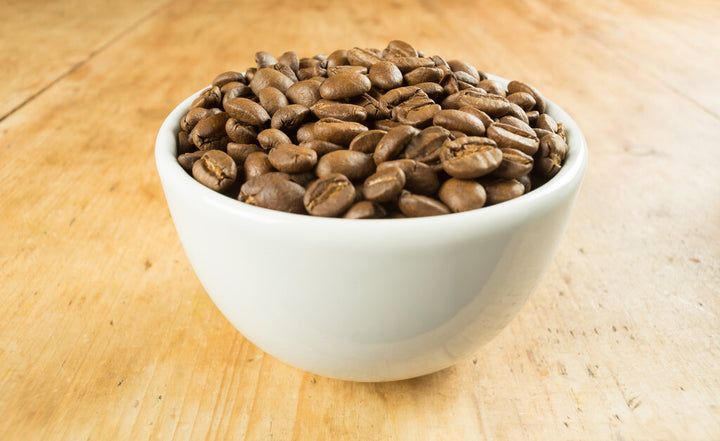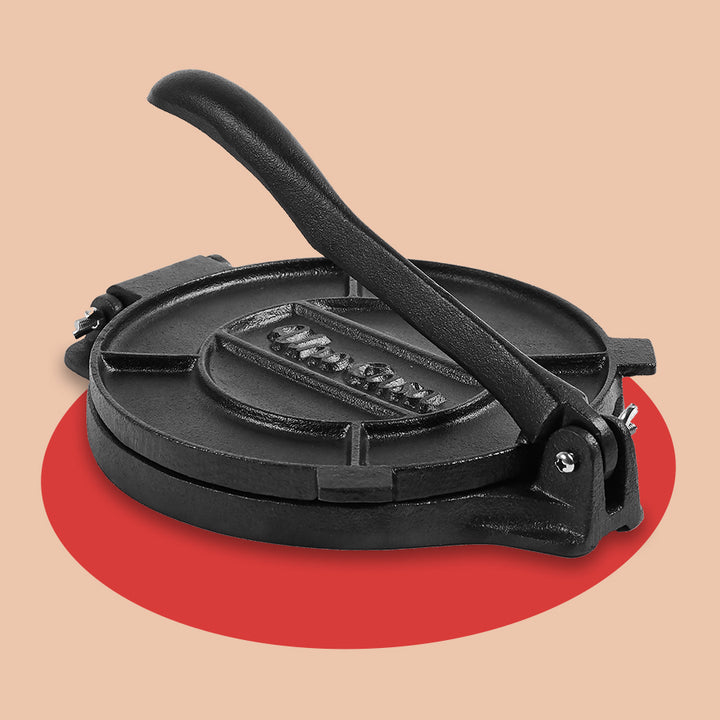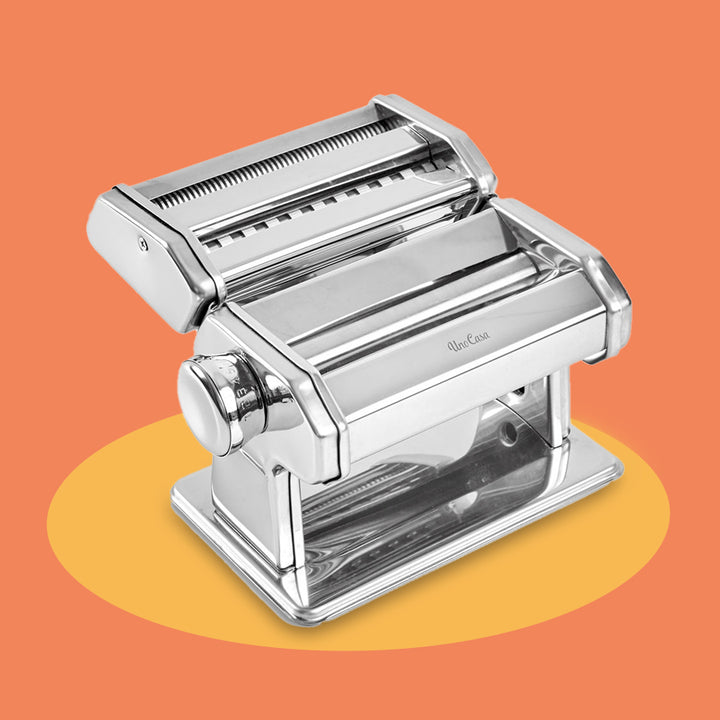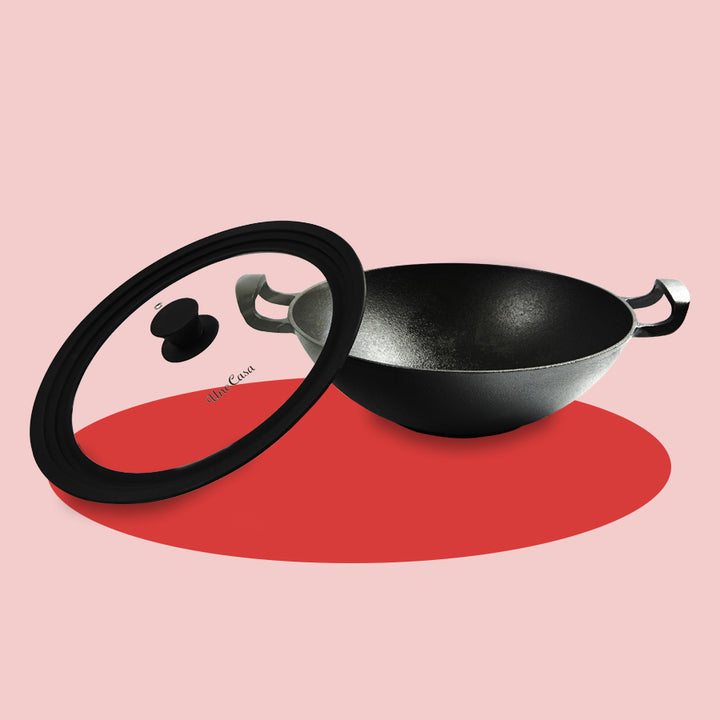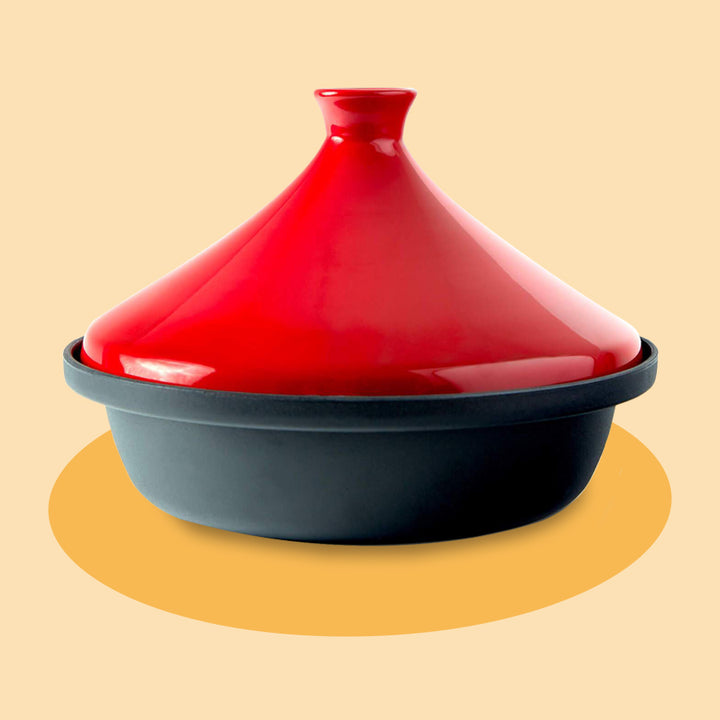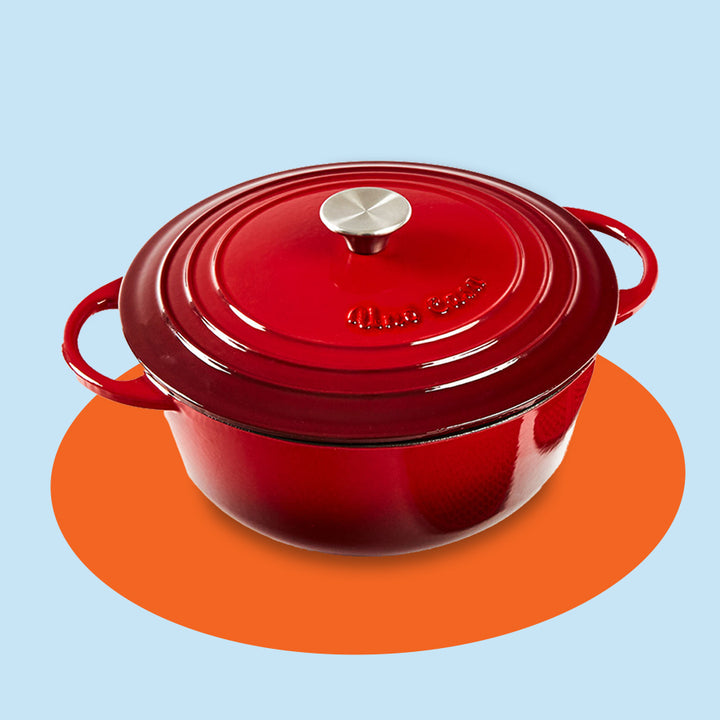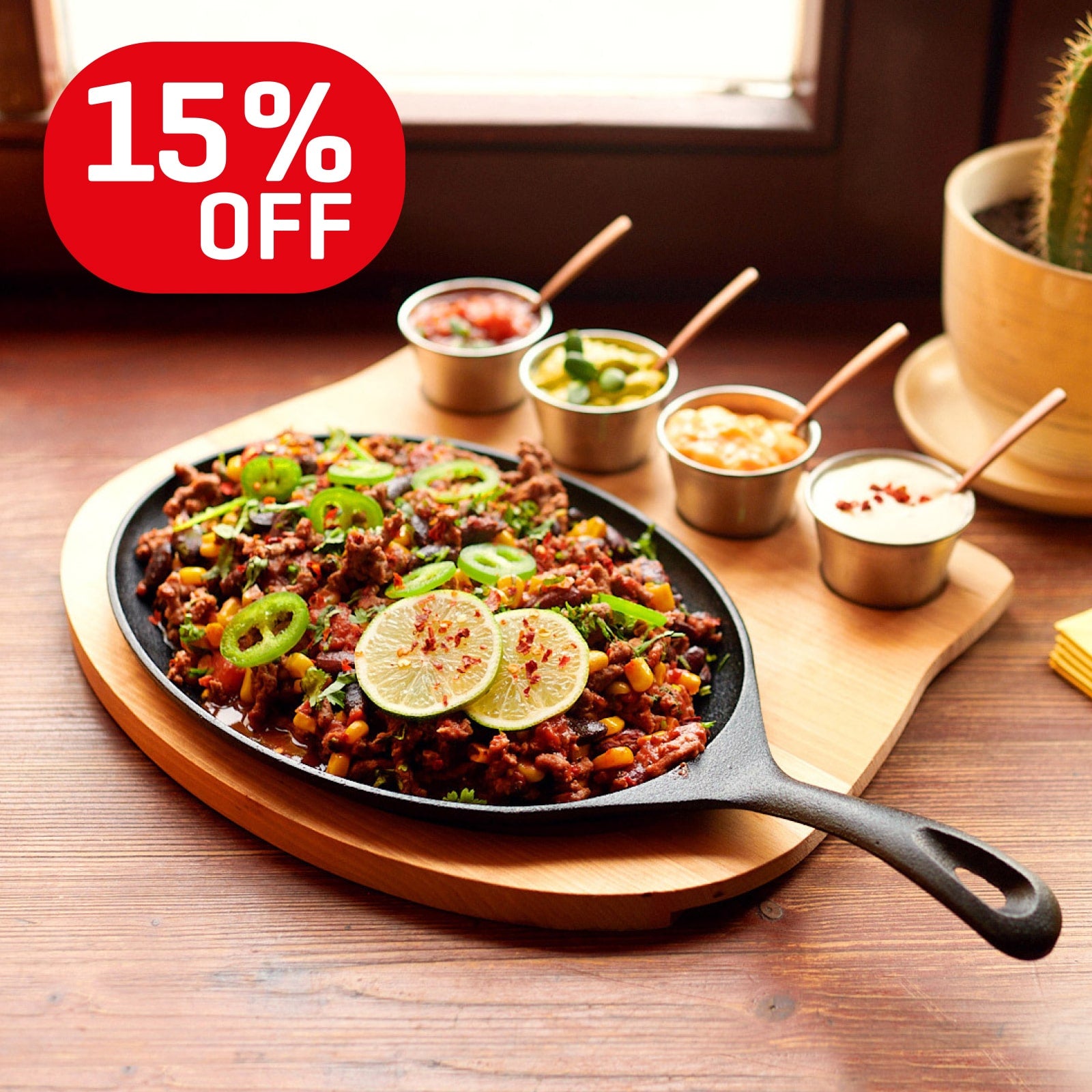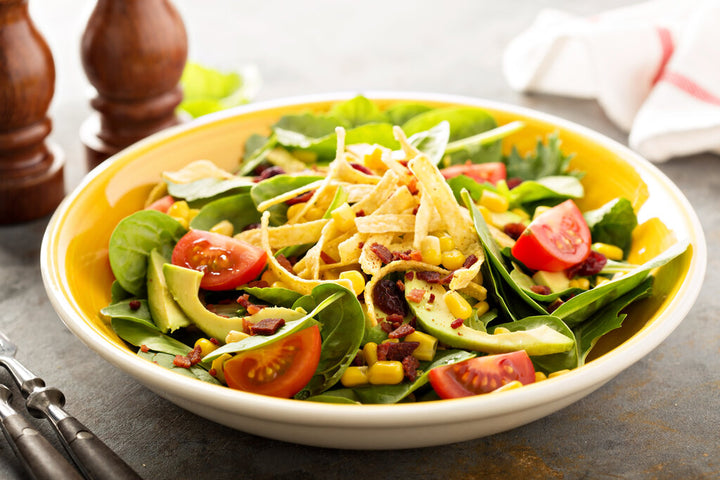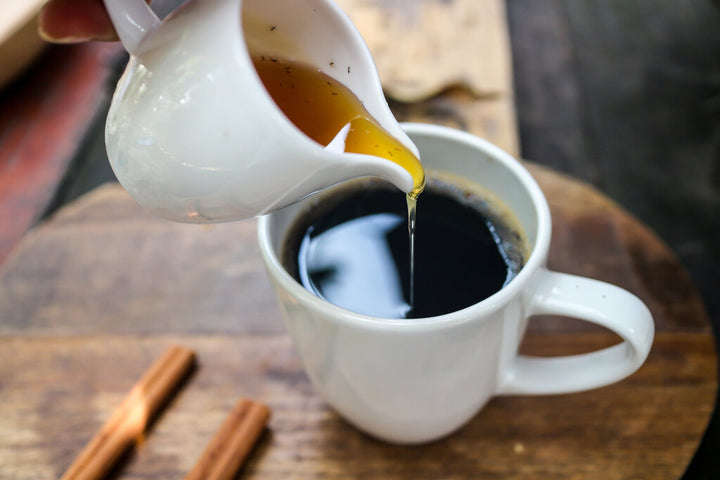Essential Cooking Techniques Every Home Chef Needs to Master
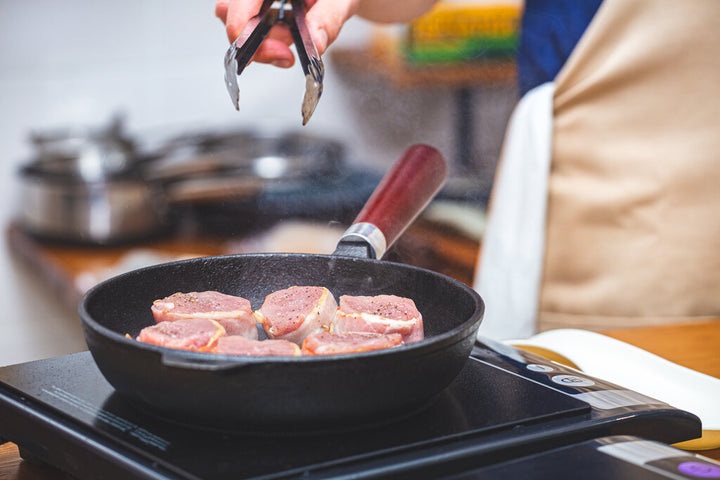
There's no reason to have the fanciest or most expensive cooking equipment on the market if you don't know how to actually use it in the kitchen!
The best cast iron skillet or enameled cast-iron Dutch oven is only as good as the chef that uses it. However, we can't say anything against using quality equipment, as it does make work in the kitchen a lot nicer. On the other hand, proper technique can also make up for less than ideal kitchen equipment. So it's super important to get your cooking techniques up if you want to make the most of your best kitchenware.
From braising and searing, to simmering and stewing, there are a few basic cooking skills that every budding chef needs to know. In this article, we take a look at the most important cooking methods that you really should take the time to learn!
The importance of basic cooking techniques
Before we start searing steaks and braising beef, let's examine what we actually mean when say 'cooking techniques' and see why precisely basic culinary methods are so crucial to master.
There are countless cooking styles and techniques found around the world. Some, such as boiling, are much more widespread than others, such as Mexican Nixtamalization. Some are cooking basics, while others require such technical knowledge and skills that even a Michelin starred chef would struggle with them.
By cooking techniques, we mean the physical process of preparing food. These are the methods that allow us to prepare, cook, and serve food in certain ways. These methods differ from recipes, which is a list of ingredients and steps that need to be taken to prepare a meal. A recipe can, however, contain several different coking techniques within it.
Cooking techniques are constantly evolving, but certain staples provide a solid backbone for most kitchens and dishes worldwide. These include sauteing, steaming, or simmering. With a command of these essential cooking techniques, it becomes much easier to start cooking elaborate dishes using an array of ingredients of recipes!
So, without further ado, here are the essential cooking techniques that every home chef needs to master.
#1 Sauteing
Sauteing is a classic cooking technique that you likely already know how to do! You've probably sauteed on multiple occasions, even if you didn't know the exact definition before reading this.
Sauteing is a form of shallow frying, where high heat is applied to a skillet or pan to cook ingredients quickly in oil or butter. The word Sautee is French, of course. It roughly translates into English as 'to jump.' The name comes from the process itself, as while the ingredients are fried in the shallow pan, they need to be tossed. This helps to not only stop the ingredients from burning but to better coat them in the oil or butter.
You can sautee many different ingredients, including meat, fish, and vegetables. Sauteed shrimp in garlic butter are particularly delicious, as are lightly sauteed vegetables such as leeks, onions, or mushrooms!
#2 Boiling
Boiling is perhaps the most basic of cooking methods that we'll dive into here. Apart from cooking on an open fire, it's also probably one of the most ancient cookery techniques in practice today. In fact, boiling is a fairly essential skill to learn (and luckily, rather easy too).
Boiling is simply the process of cooking food in hot water that has been brought to a boil (which means that the water has reached or nearly reached its boiling point). Water is boiled in a pan or pot, usually on a stovetop. Food is then placed in the water left to cook through.
Many ingredients need boiling, with the most common being pasta or particular types of vegetables. For instance, to make mashed potatoes, you first boil the potatoes. Boiling is also used to make meat and vegetable stock by leaving ingredients to boil into a broth.
#3 Simmering
Simmering is technically a form of boiling, but it's important to know the difference between them. While boiling involves cooking ingredients in water that is near its boiling point, simmering is done at a lower temperature (but still in the water or other liquid).
The idea behind simmering is that the hot liquid doesn't actually reach a boil. We can simmer stocks, soups, and stews, to name a few. Simmering is an important technique to learn as it allows you to slowly cook broths and sauces, releasing more flavor and reducing the liquid without burning it!
#4 Stewing
Stewing is both a cooking technique and technically the name for the type of food that's made by using the technique (a stew!). Stewing is a slow cooking technique that's been used for centuries all over the world. It's really just a way to make tough cuts of meats (or vegetables!), much, much more tender than they would otherwise be if fried or roasted.
The definition of stewing involves both solid meats or vegetables and some form of liquid broth or gravy. The ingredients are essentially slow-cooked, often for hours at a time, until everything is deliciously tender and juicy. You can stew in large pots or pans, but a particular favorite for true stew lovers is the enameled cast-iron Dutch oven!
#5 Roasting
Roasting (also known as baking) is an essential cooking technique that any aspiring chef needs to master. Roasting is a technique that requires using a dry heat for cooking ingredients from the outside through to the center. Roasting usually happens in the oven.
We most commonly associate roasting with the traditional roast dinner. Meat, like chicken or beef, will be roasted alongside vegetables, like potatoes and carrots.
Roasting is simple in concept, but in reality, getting the temperatures and timings right takes practice. Too high a heat, and you burn the outside without cooking the middle. Too low a heat, and you won't have crispy skin.
#6 Braising
Braising is a beautiful cooking method that produces deliciously tender meat using a mixture of dry and wet heat. A braise would be considered a combination of both frying and stewing on the same cut of meat.
For example, take a large side of beef and lightly fry (or sautee) the meat in a skillet. When the outside has lightly browned (but not fully cooked through), you then transfer it to a large pot with a sealed lid. Next comes the 'wet' part of the cooking process, when the beef is then stewed in its own juices, or a combination of juices and gravy for a delicious, slow-cooked finished!
#7 Broiling
Broiling is one of the lesser-known cooking techniques mentioned in this article. Broiling is similar to grilling, but learning how to broil will forever change your meat-cooking game!
Broiling uses direct, dry heat - just like grilling. The main difference is that broiling takes place in an oven, rather than on a barbecue or grill plate. Because of this, you can better control the temperature and level of heat that's applied to what you're cooking.
#8 Searing
Searing is another popular meat-cooking technique that uses dry heat to literally sear the surface of the cut at an extremely high temperature. Searing takes a little practice, but the general idea is to leave the outside cooked and the inside a little raw (or totally raw, depending on how you like your meat!).
The most common application is for steaks when you want that light brown outer layer of meat but a juicy, dripping middle. Searing is commonly used to pan-fry fish, too, especially tuna steaks.
#9 Steaming
Now, let's not forget our vegetables!
One of the best cooking techniques you can learn is the art of steaming. It's the perfect way to cook up a superb range of vegetables, from broccoli and cauliflower to spinach and carrots.
Steaming involves boiling water until the liquid starts to vaporize. That steam is what cooks the vegetables. This technique helps to keep in both flavor and nutrients. Steaming is also the technique used to cook Dim Sum and other dumplings, as well as fresh fish and other types of seafood too!
Have we missed any essential cooking techniques?
There are so many cast iron cooking techniques that it would be impossible to list every single method and style in this article alone. The cooking techniques above will give any budding chef a solid grounding in cookery and a solid base from which to develop their recipes and cookery methods.
Of course, let us know if we missed any fundamental culinary techniques, and while you're at it, why not bookmark our cookery guide for later?
Leave a comment
Comments will be approved before showing up.
Also in Tips
